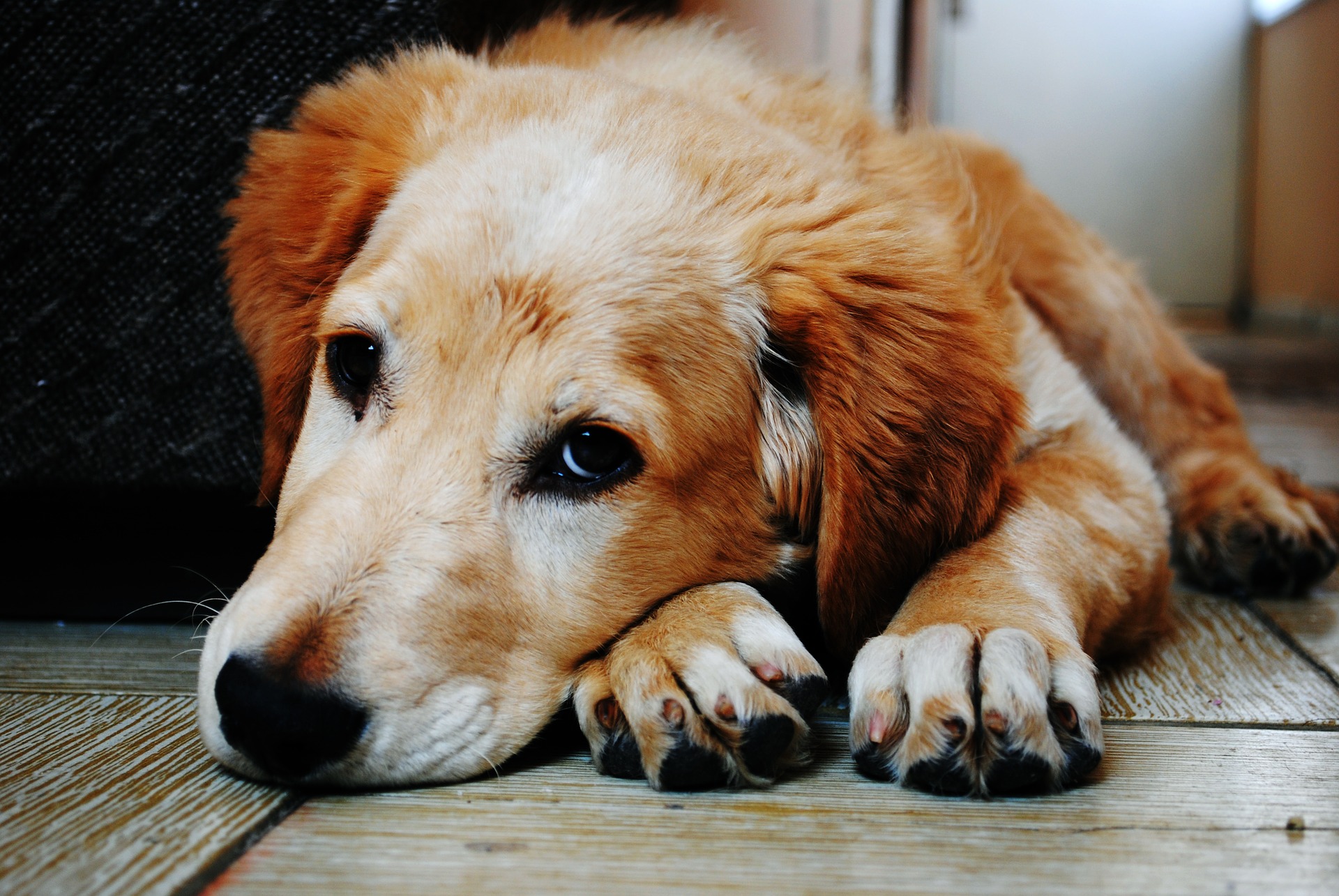Separation anxiety is a very real issue for many dogs, especially as owners have been returning to the office full time. Our furry friends quickly get used to our presence and can have a difficult time being left alone. Puppies learning this for the first time struggle as well, having no previous experience with being left alone. To make the separation easier, you need to begin acclimating them to alone time early so that you have time to work up to being gone for long periods of time. Here’s what you need to know about your dog’s separation anxiety.
First, let’s touch on what exactly separation anxiety is, and why it happens. Dogs with separation anxiety suffer from feelings of confusion, abandonment, and stress when left alone (often even when left alone for just a few minutes). It can develop in any dog no matter their age or breed. Puppies may develop it once you start weaning them off of their puppy training and begin leaving the house more. Older dog’s separation anxiety can manifest with big schedule changes, such as different work or school hours, or with a move or death in the family. When dogs experience this anxiety, they are prone to tearing and destroying items, having accidents indoors, and/or whining and crying excessively (which can be particularly distressing if you live in an apartment building where neighbors can hear).
There are a few ways to ease separation anxiety, and the right combination will depend on what works best for you and your pup. There are a few different ways to keep your dog comfortable while you are gone:
- Separation training. It can be extremely disorienting for a dog to suddenly be left alone for an extended period of time. To make your absences less of a momentous occasion, work up to being gone for a while. This training will help acclimate your dog to feeling safe and calm while everyone else is gone. Give them a cozy crate with a comfortable bed, blankets, and toys. When you are ready to start leaving them alone, put them in their crate and give them a toy or treat that will occupy their attention for at least a couple of minutes. Stay calm and neutral (dogs can pick up on your energy if you are nervous). Don’t make a big deal of leaving; simply put them in the crate, give them the distracting item, and exit the room. Step out your front door, and only stay there for about 15 seconds before re-entering, releasing them from the crate, and giving them a treat. Again, don’t make a big deal of your return. The less momentous you make coming and going, the less your dog will think it is important. Gradually increase the time you spend gone– 30 seconds, 60 seconds, 3 minutes, etc. Once your dog is able to be left for 45 minutes without them crying or experiencing stress, you can generally stop your training and can stay out for longer periods.
- Distracting toys. Give your dog something to focus their mind on besides your absence. Puzzle toys are great for this, since they stimulate your dog’s mind, reward them with treats, and also tire them out so they are likely to take a nap afterward.
- Anxiety medication. If you feel your dog’s anxiety goes above what is normal, consult your veterinarian. Anxiety medicine might help improve your pup’s quality of life and make stressful situations easier for them to handle.
Gulf Coast K9 Dog Training is committed to helping develop happy, healthy dogs. If you need help with training or obedience issues – or are concerned about your dog’s separation anxiety – call us today.





